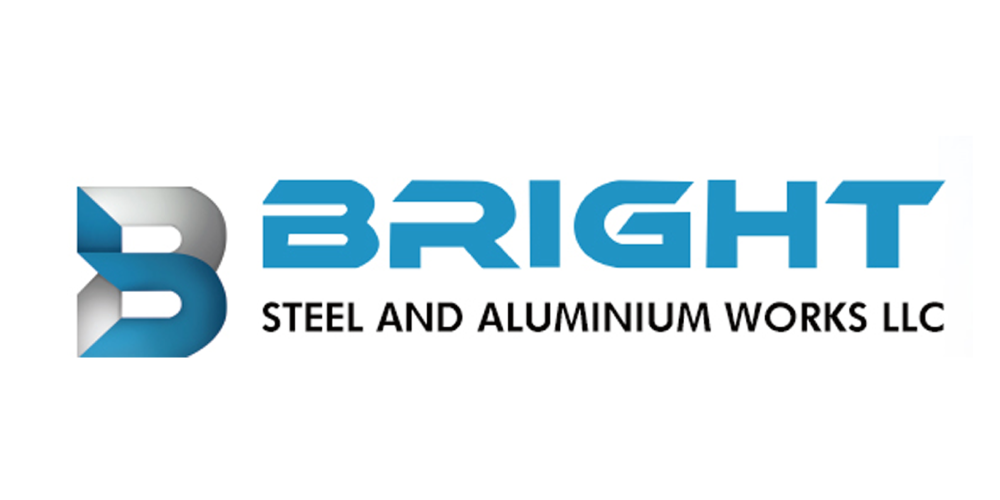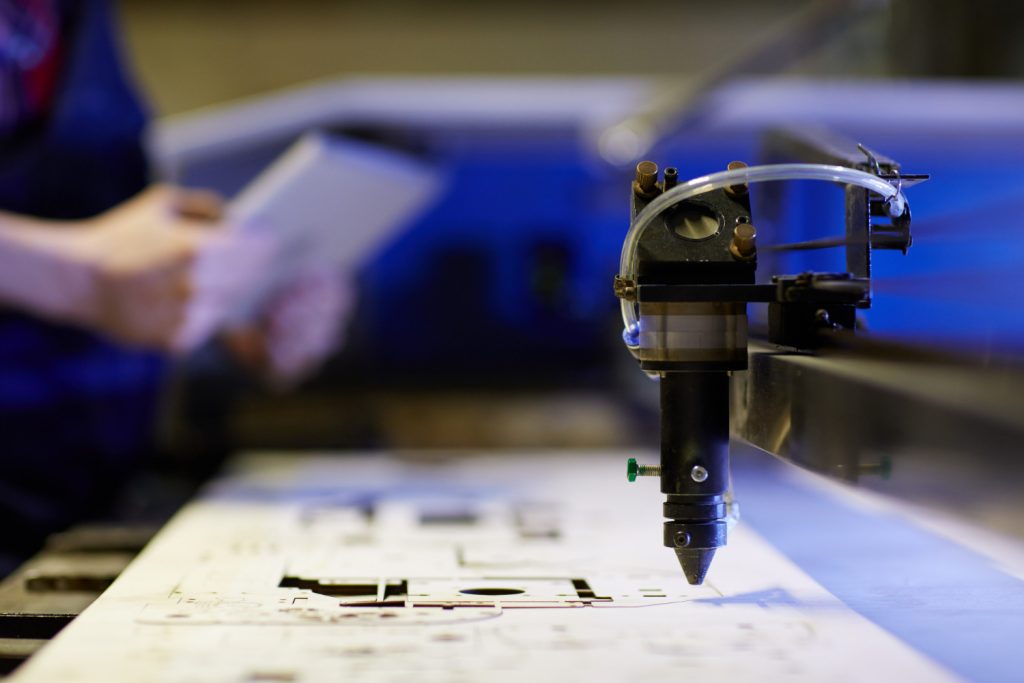Bright Steel And Aluminium Works
Bright Steel And Aluminium Works

Metal laser cutting is revolutionizing the fabrication industry due to its advantages of precision and efficiency. Metal laser cutting capabilities utilize concentrated light beams to cut through metals with precision, thus revolutionizing manufacturing processes throughout the world. At Bright Steel, we have already seen how metal laser cutting has increased production capabilities for companies in the UAE, enabling them to produce intricate designs they could not have achieved before.

Metal laser cutting is based on a very simple principle: concentrated light energy turned into heat. The metal cutting starts when a laser beam with a high power is focused on the surface of the metal, and this quickly heats the metal to its melting point. The assist gases then blow away the molten metal and the cutting process begins with a clean and precise cut. C.N.C (computer numerical control) controllers guide the laser beam along programmed paths to achieve very complex designs and repeatable results.
Key components of Metal Laser Cutting systems are:
With anomaly levels of precision, metal laser cutting can cut more precisely than traditional cutting methods. The laser beam can be focused to a spot size of only 0.1mm, allowing precision designs that can only be done with naturally occurring holes in metal. The extraordinary precision of the laser beam cutting also provides a greater deburring edge quality, allowing you to cut your metal part and eliminate processing times on finishing work later.
Modern metal laser cutting systems can process materials at speeds of up to 20 m/min, allowing for better production timelines compared to traditional methods. Furthermore, the nature of these systems is highly automated, requiring less labor and, therefore, creating less human error. This improves efficiency and quality in manufacturing since the equipment takes over jobs that require the human touch during production.
Metal laser cutting can also effectively be used for various materials when compared to traditional methods. Most equipment can work with a large number of metals, including:
This means that a single system can be used for a multitude of projects, inclusively handling materials from under 1 mm to 25 mm in thickness.
Although the nature of laser cutting already strives to mitigate waste, accurate nesting and extremely narrow kerfs lengths save a great deal of material. Since metal laser cutting is a non-contact process, the common issues associated with mechanical cutting processes are eliminated. Deformation of materials and wear of tooling is also greatly reduced with laser cutting compared to other methods.
In the automotive industry, metal laser cutting features fully into chassis components, decorative parts, and weight-saving capabilities. Metal laser cutting lends itself to rapid-prototyping attributes in the development cycle. It allows for quick iteration through concept versions to prove out how a new part will work or function before owners invest in the production of the new part.
In manufacturing aerospace components, especially with metal laser cutting, precision and quality control is critical. Metal laser cutting takes precedence in the manufacturing of critical part components in aircraft and spacecraft where specificity in dimension and size is a must. Additionally, metal laser cutting components offer weight savings that are exceptionally attractive in the aerospace sector when every gram matters.
Architects and designers utilize metal laser cutting to produce fine decorative elements, custom signs, and even building components for general purposes, while perforated panels can be used to control light and airflow, as well as being artistic screen elements. It has extended the possibilities for architectural metalwork.
In medical applications, where precision can impact patient outcomes, metal laser cutting is applied to produce surgical instruments, implantable devices, and some components of diagnostic equipment. The clean edges with no burrs are typically of utmost importance in preventing contamination and aiding the devices to function smoothly.
Both cutting technologies apply thermal energy as a cutting method, but metal laser cutting provides superior edge quality and tighter tolerances than plasma cutting. However, plasma systems are typically better at cutting thicker material and normally have a comparatively lower cost for heavy industrial applications.
Waterjet cutting removes the heat-affected zones found in metal laser cutting, making it a good alternative for sensitive materials to heat damage. However, metal laser cutting is generally a faster and lower operating cost option for the vast majority of applications.
Electrical Discharge Machining (EDM) can offer exceptional precision, but at a much slower throughput than metal laser cutting, and EDM has the limitation of only working with electrically conductive materials when cutting. Metal laser cutting provides greater throughput and flexibility for the vast majority of sheet metal applications.
The category is always rapidly changing, with new trends pushing development:
The evolution of trends means that metal laser cutting will continue to enjoy increased use into manufacturing, even if the combined development allows for increased precision and cost suitability for a variety of applications in manufacturing.
Metal laser cutting has changed modern manufacturing forever. It is fast, accurate, and flexible for the vast majority of applications. Whether the parts are automotive, aircraft, architectural, or medical (and a few hundred more uses in between), the technology has become priceless for the manufacturing of components in any industry where standards can never be compromised.
At Bright Steel, we utilize the latest in computer technology to usher the latest in metal laser cutting technology to achieve the best result possible in a Middle East and especially the UAE context. We have both the systems and the people to produce the highest quality for your project.
From cutting architectural uses, to the manufacture of precision components to prototype development, we are ready to create the outcome you are envisioning for your project.